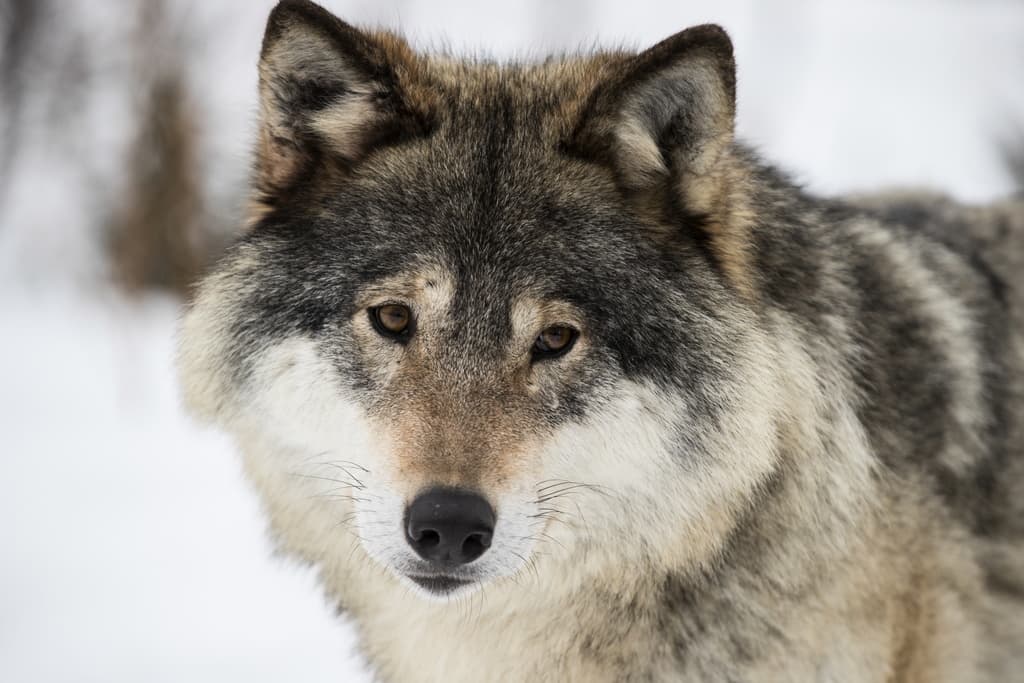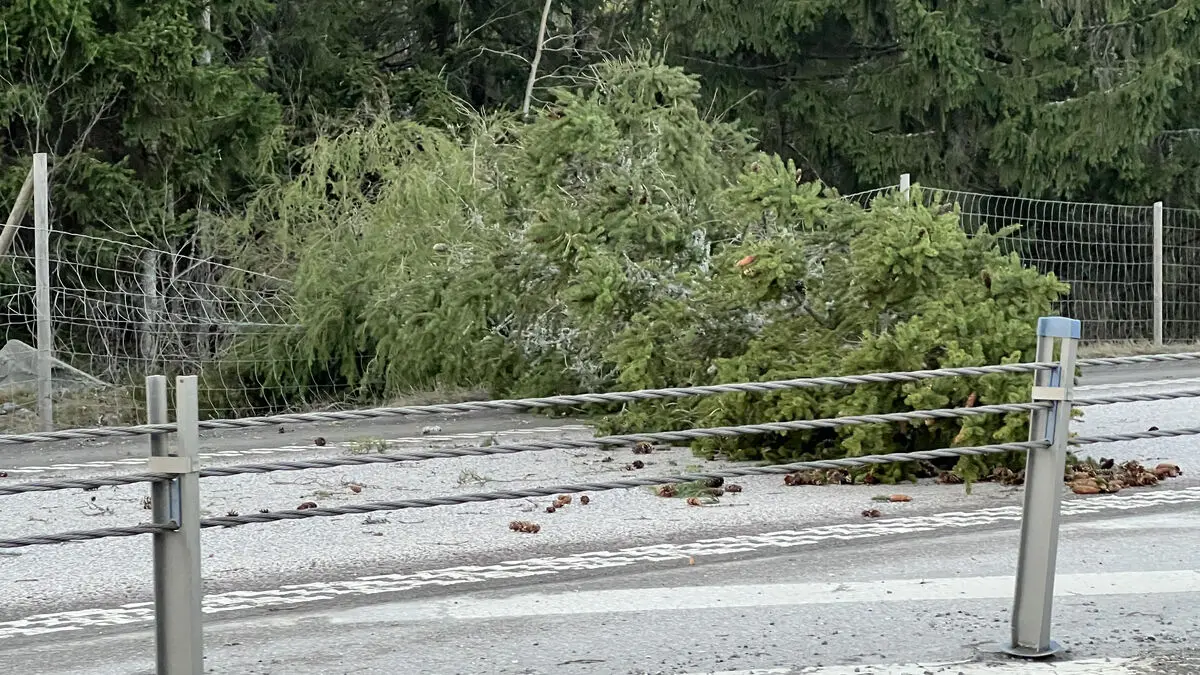The wolf is back in Europe – and creating controversy and conflict between wolf opponents and nature conservationists. The pack has grown significantly in recent years and demands for hunting have increased. Now it seems that the hunters have the support of the European Commission President Ursula von der Leyen.
Last year, wolves killed her pony Dolly in her enclosure in northern Germany. The Commission assures that it is not a personal vendetta from von der Leyen's side, but it is obvious that the attack brought the wolf issue to the highest level in the Commission.
A few months after the pony's death, von der Leyen warned that "the concentration of wolf packs in certain regions of Europe has become a real danger, especially for domestic animals". At the same time, the Commission has asked EU member states to change the wolf's current protection status from "strictly protected" to just "protected", which means that it will likely become easier to obtain permits for hunting the animals.
20,000 wolves
The wolf is now found in 23 EU countries with a total population of 20,300 animals, which is more than three times as many as in the mid-1970s when the species was most suppressed and completely eradicated from western and central Europe. Now wolves are roaming in countries like Denmark, Belgium, and the Netherlands, where no one expected the species to return.
France now has a pack of over 1,000 wolves and Germany has even more, around 1,400. In Italy, there are 3,300 wolves, some of which have established themselves near Rome's suburbs. In Sweden, the species is rarer – according to the latest estimate, the pack consists of 375 animals, a decrease compared to the previous year when 450 wolves were counted.
Warning of abuse
The concern is now growing among nature conservationists and wolf friends that the species will be exposed to the same harsh hunting that once led to its near extinction.
If we weaken the protection, it will be possible to hunt wolves without strong reasons, and it opens up for all kinds of abuse, says Guillaume Chapron, French wolf researcher, active at Grimsö research station in Bergslagen, Sweden.
Luigi Boitani, professor of zoology at the University of Rome and long-time wolf researcher, believes that the focus should be on preventing attacks on domestic animals using fencing and guard dogs – not on shooting wolves.
He also points out that the damage caused by wild boars and deer is far more costly than the potential damage caused by wolves.
The wolf (Canis lupus) is the largest canine animal. The species originally occurred almost throughout the entire northern hemisphere but has been eradicated in many areas. The largest pack is found in Canada, which has around 60,000 wolves. In Russia, there are, according to uncertain estimates, around 45,000 wolves. The total global population has been estimated to be 200,000-250,000 wolves.
Source: IUCN





